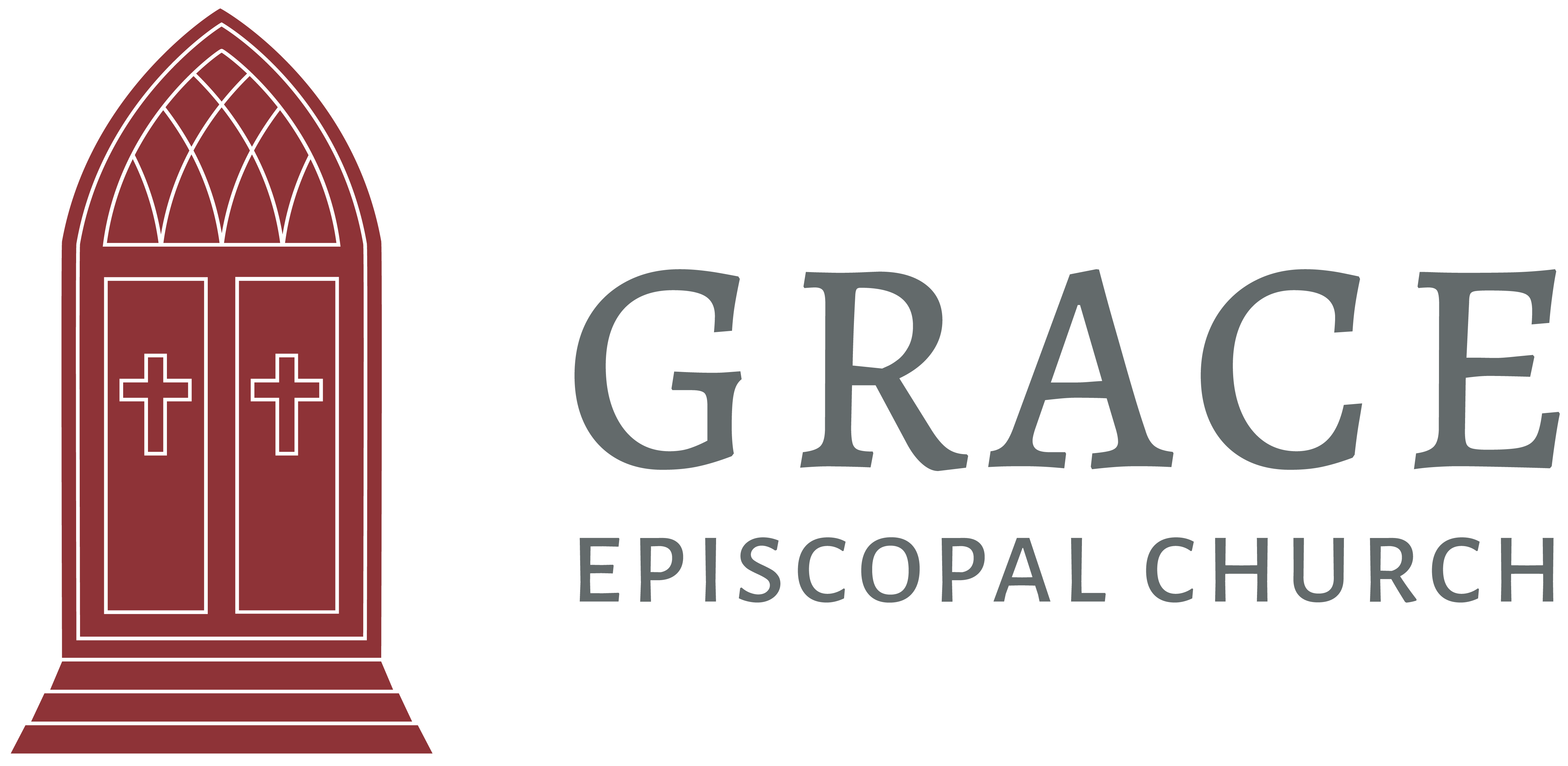Psalm 30, 32; 1 Kings 12:1-20; James 5:7-12,19-20; Mark 15:33-39
The Jewish historian Josephus, writing for his Roman captors a generation after the crucifixion, described the curtain which separated the Temple’s holy of holies from the outer courts. As a young man, a priest, he himself had seen it, and in his memory it was “a kind of image of the universe…embroidered upon it all that was mystical in the universe except only the 12 living signs (the zodiac figures).” That apparently means that the stars are embroidered on it, but without the (potentially idolatrous) images of people and animals which were used to connect them. Just in passing, several synagogue floors in Israel from the time of Jesus or slightly later actually have zodiac symbols in mosaic on the floor–these particularly prominent constellations had agricultural and ritual, and not just occult, value. At any rate, in some rabbinic literature (various places in the Mishnah), it’s actually called the ‘olam,’ which means ‘the universe.’ And that’s the point of the detail about the rip.
When Jesus died, a great tear was made in the fabric of the universe: Love Himself, the Word Which span the atoms on their axes at the Big Bang, had perished. And with that great tear in the fabric of the universe, suddenly God was no longer hidden away, forever just outside our reach. A new path to God was opened by the pain and grief: a new universe, a new olam, was starting up. That’s why this detail is mentioned: because it has great mystical value, great mystical teaching, to impart. And yes, this sort of line of thought is completely in line with the Judaism of Jesus’ time: the roots of modern kabbalah have been shown quite convincingly to lie in the intellectual ferment of Hellenistic Jerusalem.
That’s why the little linen curtain inside our little gold-plated tabernacle (the locking safe on the altar within which unconsumed bread and wine from the Eucharist are stored, to be used later for home communions or other emergencies) is torn in half. Not cut and stitched: ripped. To remind us all, even if you can’t see it from the pews, that through the sacrifice of Christ (which we remember with every Eucharistic celebration), a new path has been opened to God, a new directness, a new immediacy. All you have to do is stop thinking of such things as details about decor and start looking for the deeper, spiritual, mystical meaning, and voila! There it is!

